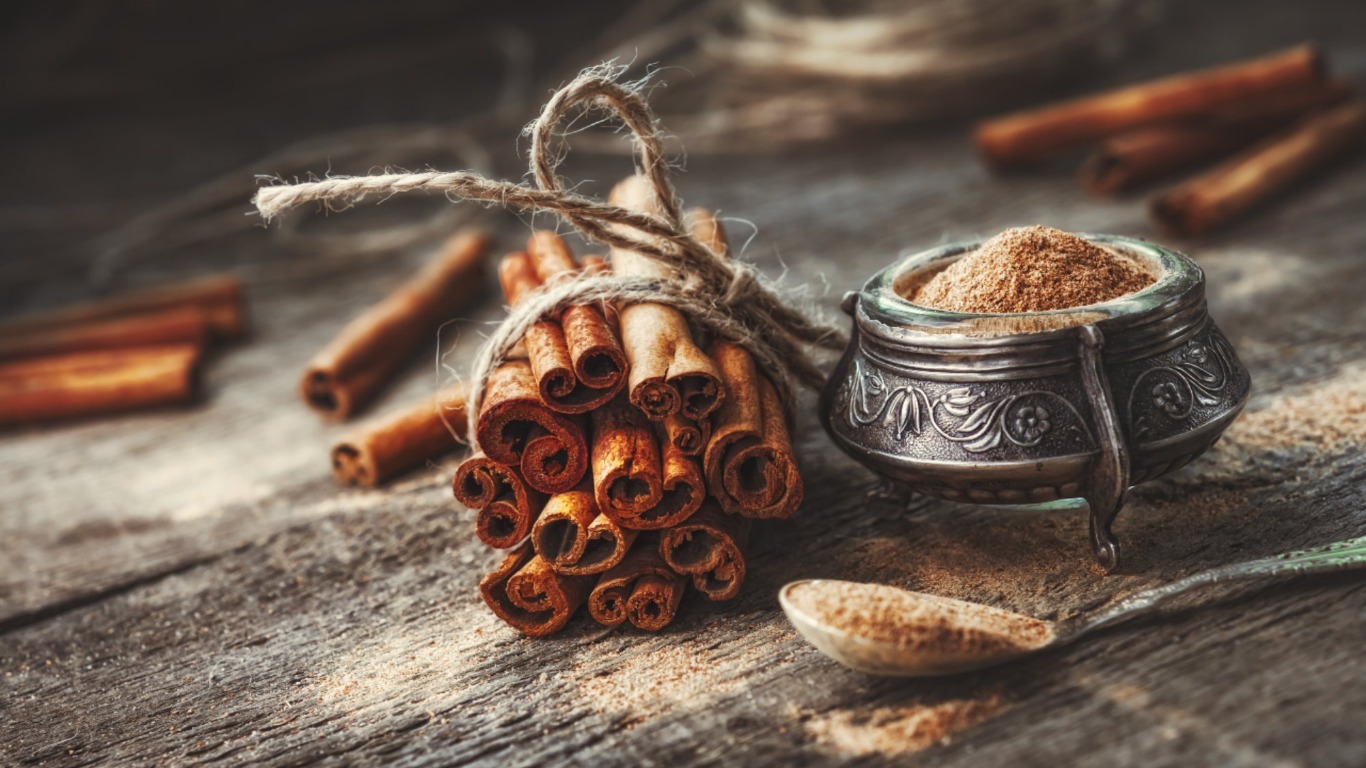How to cook with cinnamon
Cinnamon plays a starring role in British winter warmers as well as curries and marinades from South Asia and the Caribbean. Our guide explores different types of cinnamon from cassia to ceylon, its origins and health benefits, plus suggestions for sweet and savoury cinnamon recipes.
What is cinnamon?
The quintessential warm and wintery spice, cinnamon has an instantly evocative scent and flavour. Under its woody, spicy notes, it has a sweet base with a hint of citrus that makes it a natural match for sugary or chocolate desserts, as well as savoury dishes.
It’s common in European and American drinks, cakes and pastries, and to add warmth to curries, tagines and meat marinades from South Asia, North Africa and the Caribbean.
Cinnamon is made from tree bark which is pared carefully and air-dried in strips where it is grown. It is a major export from plantations in China, Vietnam, Indonesia and Sri Lanka. When cinnamon arrives in the UK, it’s tested for quality, then cut or ground depending on whether it will be sold as short scroll-shaped quills or in a powdery form.
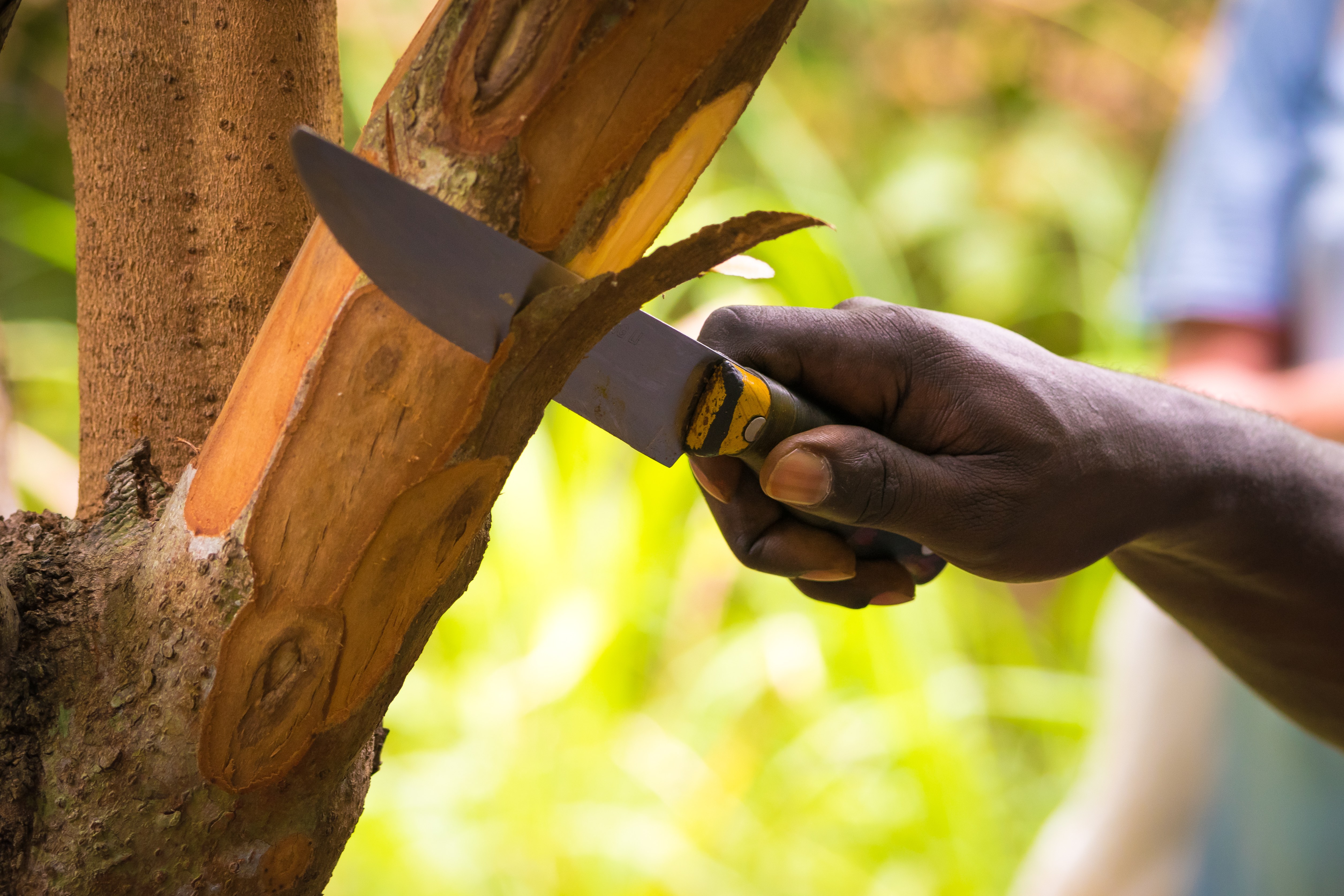 Ciprian23/Shutterstock
Ciprian23/Shutterstock
In the UK, it’s probably the best-known and most widely-used spice – we imported nearly £13 million of it in 2020. It has been used in British cooking for hundreds of years – there are medieval and Tudor recipes on record that include cinnamon. It’s an unmissable ingredient in anyone’s spice rack – and it’s too good to be relegated to sweet recipes only.
Where does cinnamon come from?
The first references to cinnamon date back to Jewish and Christian scripture, and today cinnamon is an essential ingredient in the Passover seder, in charoset. It was also used in ancient Egypt.
Its name comes from the Ancient Greek, kinnámōmon, meaning sweet wood and despite its humble place in the pantry, managed to get a mention by Greece’s historian Herodotus. He reported that no one knew quite where cinnamon grew apart from a particular type of bird.
READ MORE: How to cook with lemongrass
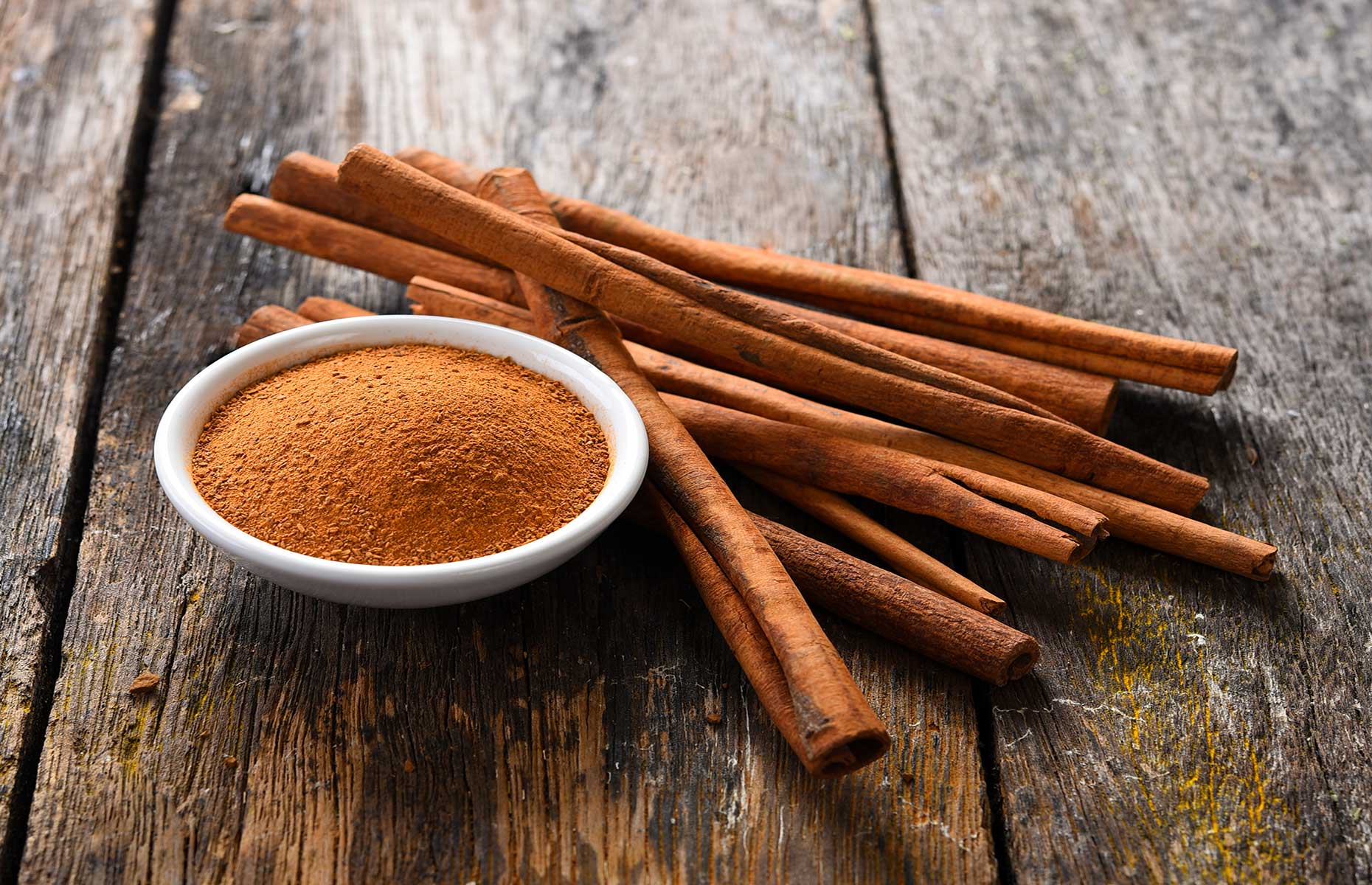 amphaiwan/Shutterstock
amphaiwan/Shutterstock
It was said that to harvest cinnamon, the locals would need to tempt the birds with pieces of meat so big that when the birds took them, their nests would break under the strain. Later on in history, the Roman historian Pliny calls this bird a cinnamolgus.
What made cinnamon so mysterious was that it was first traded to Europe through the spice route, and myths proliferated about how it was grown and harvested. But after Portuguese explorers made the voyage to Sri Lanka, European colonists took the market into their own hands – spreading it to the New World in the process. Now used to spice dishes from North and South America, Australia, Africa, Europe and Asia, there’s not a corner of the globe it hasn’t reached.
Types of cinnamon
Ground cinnamon is the easiest to work with and gives an even flavour in marinades and cakes, but sticks (or quills) are ideal for one-pot dishes like curries and tagines where they impart big flavour and can easily be left in the dish on serving. Cinnamon sticks also look and taste good in hot drinks such as tea, spiced hot chocolate and mulled wine.
At the shops you’ll usually have a choice between two varieties of cinnamon: cassia and ceylon. Cassia cinnamon (sometimes called Chinese cinnamon) is more common and more affordable, while ceylon cinnamon (sometimes called verum or true cinnamon) tends to be milder and more expensive. Cinnamon from Asian importers might also be labelled ‘dalchini’, Hindi for cinnamon.
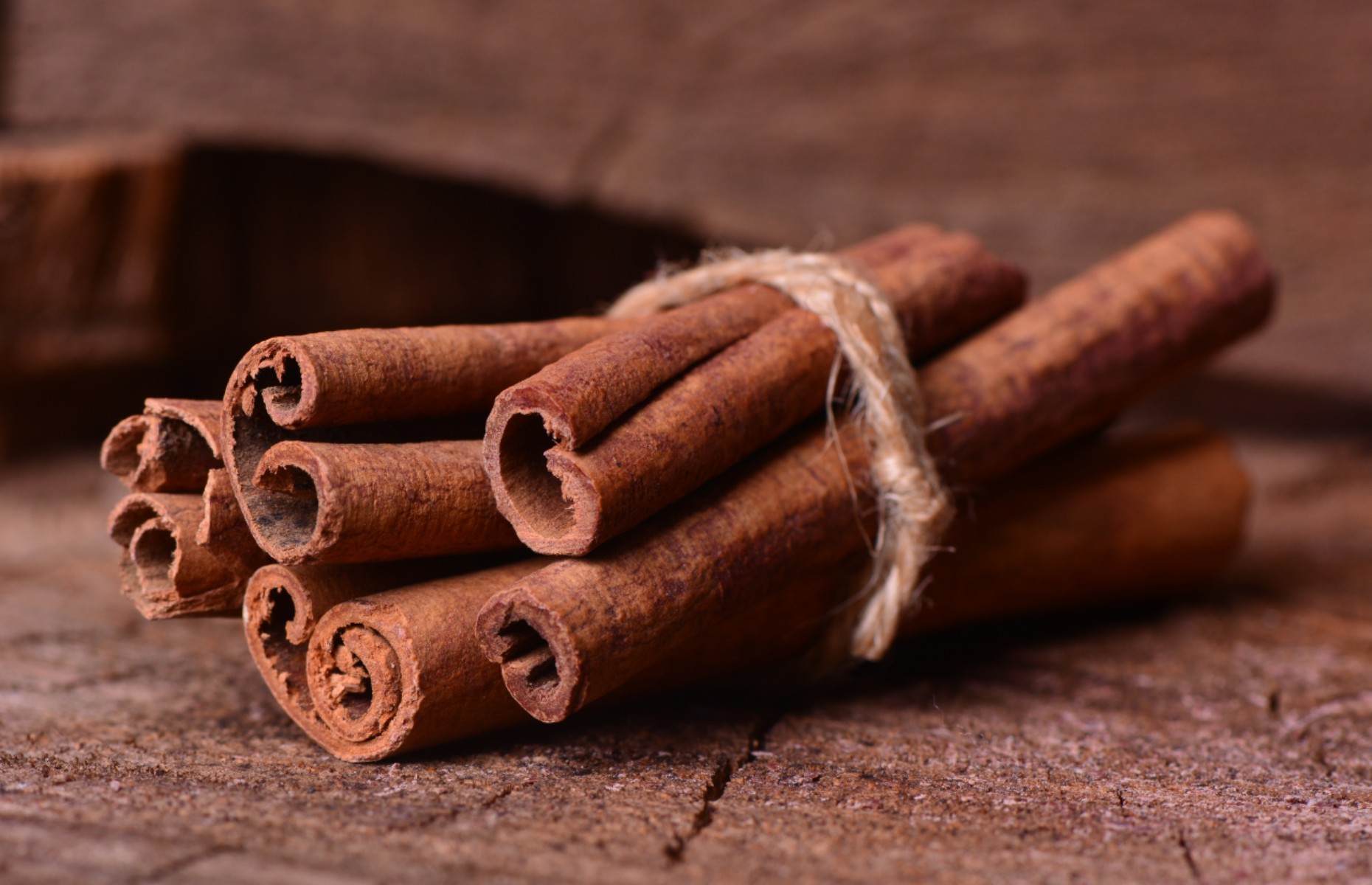 Spayder pauk_79/Shutterstock
Spayder pauk_79/Shutterstock
Mallika Basu, author of Indian cookbook Masala and founder of spice company SIZL, only sells ground and whole ceylon cinnamon – although cassia is used in her blends as they hold their own better in a mix of ground spices. Mallika says, “Ceylon cinnamon is a soft cigar-like roll, that is more costly and more fragrant. The flavour of ceylon cinnamon is also more delicate than cassia.”
READ MORE: How to cook with tamarind
“Cassia is a whole different species: more bitter, sweeter and with higher essential oils but it is not cinnamon.” She adds, “A lot of ground cinnamon available in the market is actually cassia because of its lower price.”
Other varieties of cinnamon (Saigon cinnamon, Indonesian cinnamon and Malabar cinnamon) are much rarer, and unlikely to turn up on local supermarket shelves.
Cinnamon health benefits
While there is no evidence that cinnamon can treat health problems such as type 2 diabetes or heart disease, it can be an important part of a diet that prevents chronic conditions because of its low fat and low sugar content.
Because of its sweetness, cinnamon can be used to flavour hot drinks such as tea or hot chocolate when you’re trying to back on added sugar. A teaspoon of ground cinnamon only has seven calories (a 10th of a gram of fat and a 10th of a gram of sugars), so it’s a brilliant way to enrich dishes like porridge, soups or stews.
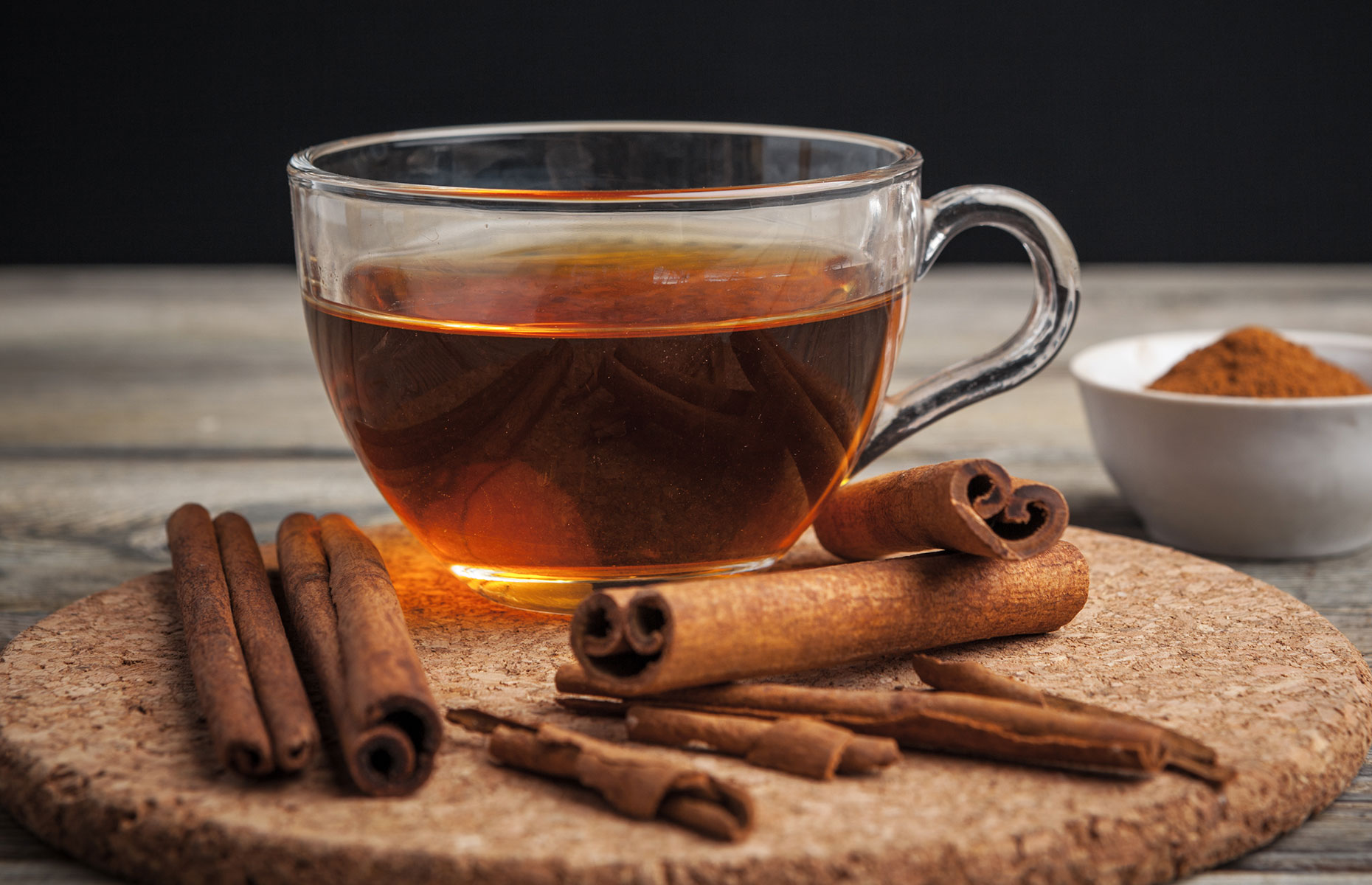 NewFabrika/Shutterstock
NewFabrika/Shutterstock
The cinnamaldehyde in cinnamon is mildly anti-microbial – working against viruses, bacteria and fungal infections. In animal studies, it has also been shown to slow the build-up of proteins that cause Alzheimers. Polyphenols in cinnamon are thought to have a protective antioxidant effect with a wide range of anti-inflammatory benefits, but the evidence for cinnamon’s polyphenols in particular still needs more research.
Many spices, including cinnamon, work as prebiotics – promoting ‘good’ gut bacteria and inhibiting ‘bad’ gut bacteria.
READ MORE: How to cook with halloumi
Cinnamon recipes
Cinnamon’s warming, rich, spicy and sweet notes make it perfect for adding depth of flavour to both sweet and savoury dishes. Try cinnamon chicken which makes a great pairing with hazelnut bulgur salad, or sweet-savoury chicken and apricot pilaf where a broken cinnamon stick imparts flavour as the dish bakes. This goat curry takes a little longer, but is perfect for feeding a crowd.
Rohit Ghai, chef at London Indian restaurant Kutir, recommends using cinnamon in marinades and sauces for red meat. It appears in his lamb rogan josh and soya keema dishes for recipe box company Chefs For Foodies.
“It has a very strong flavour so it works really well with red meat but it’s versatile,” says Rohit. After all, beef rendang would be nothing without its cinnamon spice mix and the depth of flavour in classic Greek-Cypriot moussaka owes everything to its cinnamon-spiced ragù.
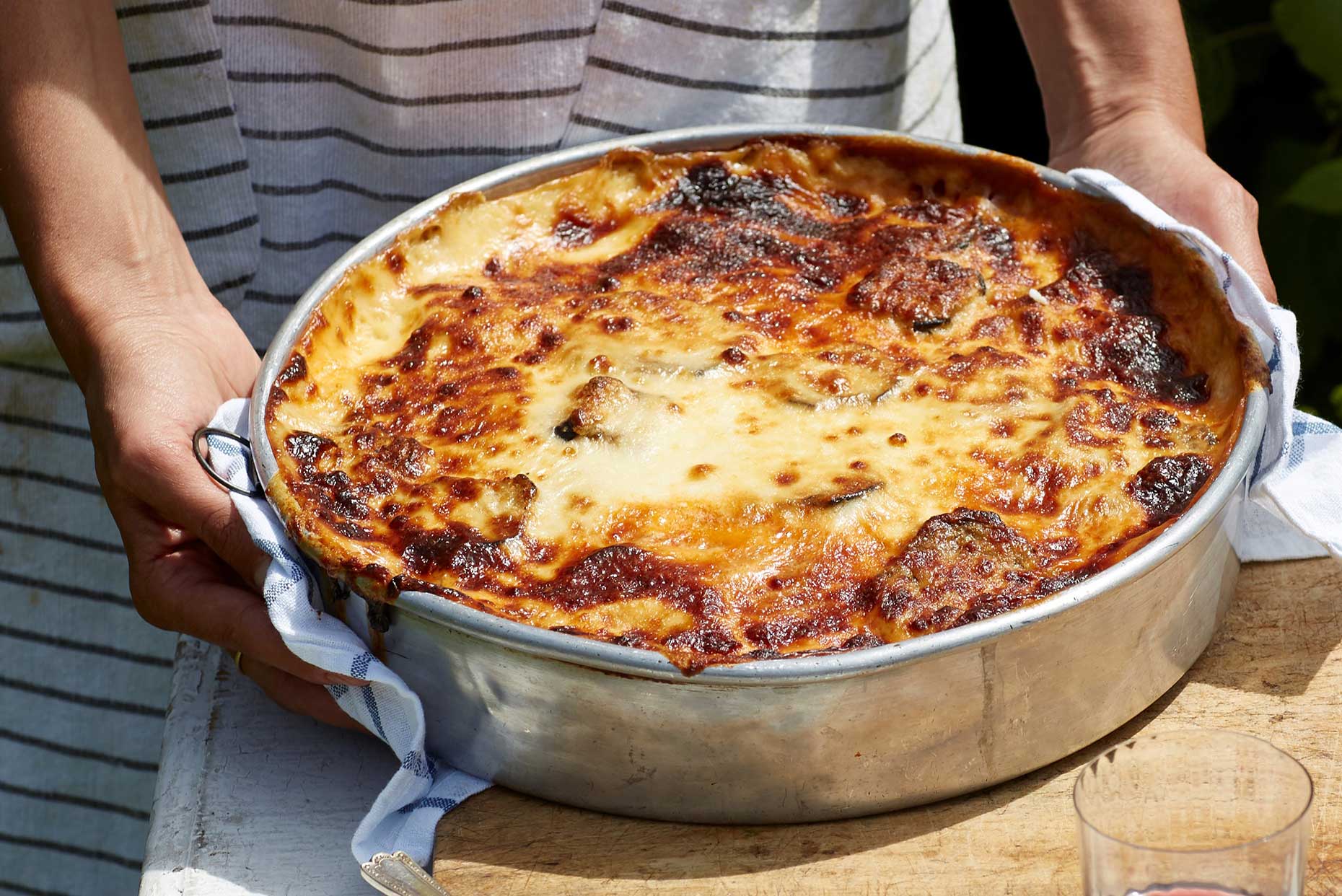 Taverna/Square Peg
Taverna/Square Peg
Cinnamon is a perfect pairing with fish too. Nepalese dish sekwa (fish skewers) is on the menu at Rohit’s new Mayfair restaurant Manthan. He says, “For sekwa, make a marinade for fish fillets with mustard oil, a little bit of cinnamon powder, a bit of ginger and garlic, salt and lime juice. Keep the fish in the fridge for a couple of hours then pan-sear it. You will get a nice aroma of the cinnamon when you grill the fish.”
Don’t forget about veggie recipes. Cinnamon is a great way to spice chickpea curry and create a spicy crust on this roast winter vegetable and halloumi traybake. Warming potato and paneer curry would be lost without the spice too.
READ MORE: Best-ever curry recipes
For something sweet, try our overnight cinnamon buns – an easy way to start the weekend off on the right foot. If you’re in the mood for cake, check out this spiced sponge recipe and this almond and cinnamon cake. And you can never go wrong with pumpkin pie – use canned pumpkin purée to make it all year-round.
 Faith Mason/HarperCollins
Faith Mason/HarperCollins
Like Rohit, Mallika praises its versatility: “Sizzling whole cinnamon in hot oil at the start of curries and stews really draws out their flavour and enhances the end result. My personal favourite is to put cinnamon in a Middle Eastern-style frittata with caramelised onions, which perfectly adds to their sweetness.”
Mallika is also a big fan of cinnamon tea. She says: “I love it brewed with tea and green cardamom in chai. My kids are the biggest cinnamon lovers in the world and adore apple sauce with tons of cinnamon in it. We tend to add cinnamon to practically all our bakes too.”
Rohit Ghai recommends infusing English breakfast tea with a cinnamon stick: a one-inch (2.5cm) piece of cinnamon is enough for a pot for two. And, he says, a stick of cinnamon can flavour whisky in days – a good tip for party season or to really warm up after a cold winter walk.
Lead image: Bukhta Ihor/Shutterstock
Comments
Be the first to comment
Do you want to comment on this article? You need to be signed in for this feature
